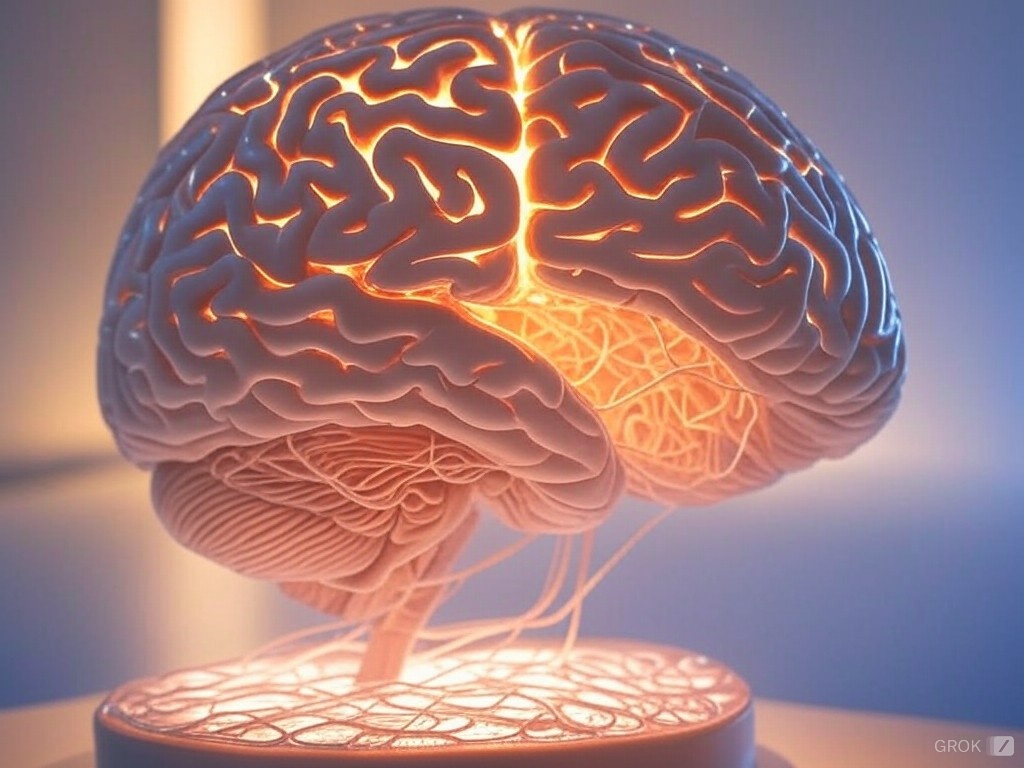
Understanding AI Reasoning: Types, Importance, and Applications
Explore the basics of AI reasoning, including its types, importance, and real-world applications. Learn how AI mimics human thought, enhances decision-making, a...

Reasoning is the cognitive process of drawing conclusions, making inferences, or solving problems based on information, facts, and logic. Explore its significance in AI, including OpenAI’s o1 model and advanced reasoning capabilities.
Reasoning is the cognitive process of drawing conclusions, making inferences, or solving problems based on available information, facts, and logic. It is a fundamental aspect of human intelligence that allows individuals to process complex information, make decisions, and understand relationships between concepts. In the context of artificial intelligence (AI), reasoning refers to the ability of AI systems to process information in a logical manner to reach conclusions or perform tasks that require understanding beyond mere data retrieval.
Reasoning can be categorized into several types, each with unique characteristics and applications:
In AI, reasoning enables systems to go beyond pattern recognition and data processing. It allows AI models to:
Early AI systems focused on rule-based reasoning, where explicit rules were programmed to handle specific scenarios. However, this approach lacked scalability and adaptability. With the advent of machine learning, AI models began to recognize patterns in data, but they often lacked deep reasoning capabilities.
OpenAI’s o1 model is a family of large language models (LLMs) introduced in September 2024, designed to enhance reasoning capabilities in AI systems. The o1 series includes two main variants:
Compared to earlier models like GPT-4, the o1 model represents a significant advancement in AI reasoning:
The o1 model utilizes a technique called chain-of-thought prompting, where the AI simulates a step-by-step reasoning process to solve problems. This allows the model to:
When asked a complex mathematical question, the o1 model doesn’t just provide the answer but walks through the solution process, similar to how a teacher might explain it to a student.
The o1 model is trained using reinforcement learning, where it learns to make better decisions through rewards and penalties:
The combination of chain-of-thought reasoning and reinforcement learning enables the o1 model to:
Application: Generating and debugging code, particularly in complex programming tasks.
Example:
Application: Excelling in mathematical reasoning and problem-solving.
Example:
Application: Assisting in scientific research and analysis.
Example:
Application: Performing well in programming competitions and coding benchmarks.
Example:
Application: Handling tasks that require advanced reasoning and critical thinking.
Example:
Mathematical Problem Solving:
Coding Assistance:
The development of OpenAI’s o1 model marks a significant milestone in the evolution of artificial intelligence reasoning capabilities. By incorporating advanced techniques like chain-of-thought reasoning and reinforcement learning, the o1 model demonstrates superior performance in complex tasks across various domains. Its ability to solve intricate problems, assist in coding, and handle advanced reasoning tasks opens new possibilities for AI applications in STEM fields and beyond.
While there are limitations to consider, such as response times and available features, the o1 model’s contributions to AI reasoning represent a foundational advancement with far-reaching implications. As AI continues to evolve, models like o1 will play a crucial role in shaping the future of intelligent systems and their integration into diverse areas of human endeavor.
Recent advancements in artificial intelligence, particularly in reasoning capabilities, have been significantly influenced by OpenAI’s O1 model.
“Planning in Strawberry Fields: Evaluating and Improving the Planning and Scheduling Capabilities of LRM o1” by Karthik Valmeekam et al., evaluates the planning capabilities of the O1 model, positioned as a Large Reasoning Model (LRM). The paper notes substantial improvements over traditional autoregressive models but also highlights high inference cost and lack of guarantees over generated outputs. Integrating O1 models with external verifiers can enhance performance and ensure output correctness.
Read more
“A Comparative Study on Reasoning Patterns of OpenAI’s o1 Model” by Siwei Wu et al., explores the reasoning patterns of the O1 model. The research reveals that O1 outperforms other models in tasks like math, coding, and commonsense reasoning. The study underscores the significance of inference strategies over simply increasing model parameters, providing insights into six distinct reasoning patterns that the O1 model employs.
Read more
“When a language model is optimized for reasoning, does it still show embers of autoregression?” by R. Thomas McCoy et al., investigates the persistence of autoregressive limitations in the O1 model. The findings indicate that O1 significantly surpasses previous models, especially in handling rare variants, highlighting its optimization for reasoning tasks. This research underscores the transition from traditional LLMs to models designed with a focus on reasoning, marking a pivotal shift in AI capabilities.
Read more
In AI, reasoning refers to the ability of systems to process information logically, draw conclusions, make inferences, and solve problems that require understanding beyond simple data retrieval.
Types of reasoning include deductive, inductive, abductive, analogical, and causal reasoning, each with unique characteristics and applications in both human cognition and AI.
OpenAI’s o1 model enhances AI reasoning through techniques like chain-of-thought prompting and reinforcement learning, allowing for step-by-step problem solving, improved accuracy, and transparency in decision-making.
AI reasoning is used in coding, debugging, solving complex mathematical problems, scientific research, competitive programming, data analysis, workflow automation, and more.
The o1 model may have slower response times, higher computational costs, and currently focuses on text-based reasoning without features like web browsing or image processing, but ongoing improvements are expected.
Discover how advanced reasoning models like OpenAI’s o1 can power your next AI chatbot or automation project. Try FlowHunt or book a demo today.
Explore the basics of AI reasoning, including its types, importance, and real-world applications. Learn how AI mimics human thought, enhances decision-making, a...
Multi-hop reasoning is an AI process, especially in NLP and knowledge graphs, where systems connect multiple pieces of information to answer complex questions o...
AI Explainability refers to the ability to understand and interpret the decisions and predictions made by artificial intelligence systems. As AI models become m...
Cookie Consent
We use cookies to enhance your browsing experience and analyze our traffic. See our privacy policy.
